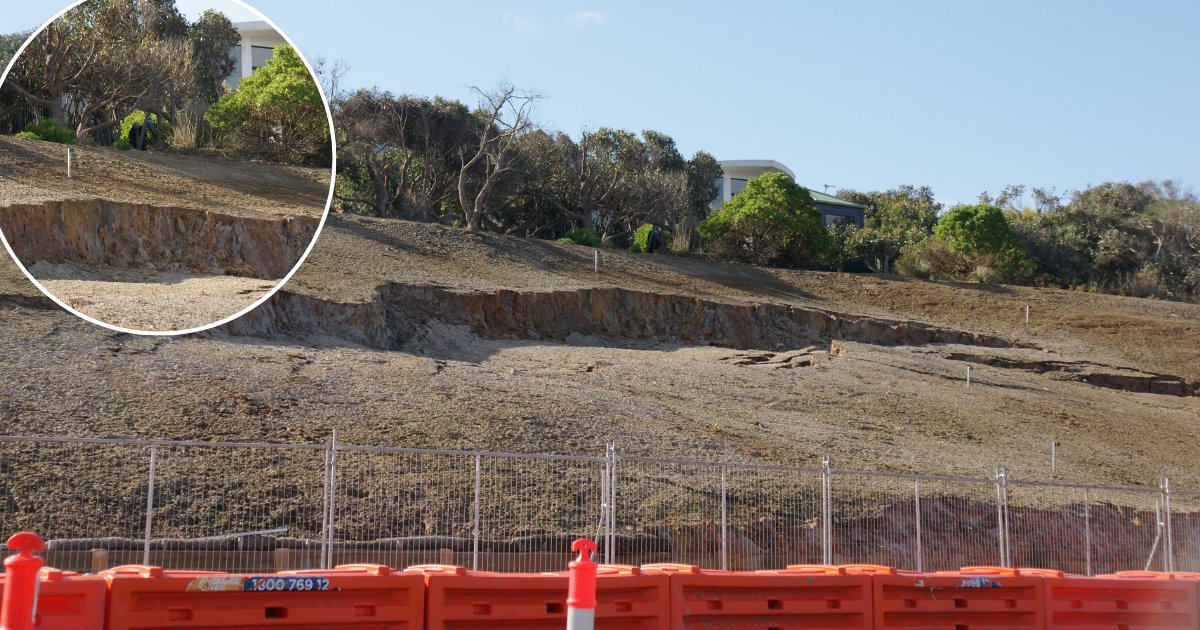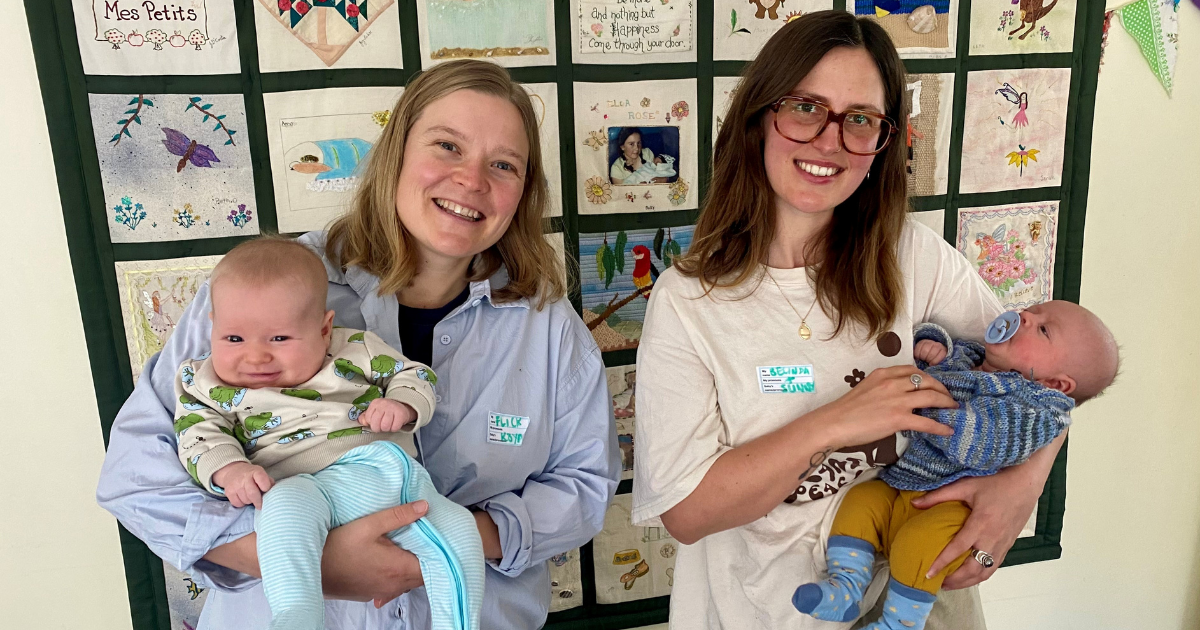The hidden history of the Great Ocean Road
LORNE Historical Society vice president Peter Spring has dedicated himself to finding those lost to history.
Last week, The Story of the Road aired on SBS, with Mr Spring featuring heavily in the documentary.
As he states in the film, more than 3,000 returned servicemen worked on the road after World War I, but the identities of only about 440 of these soldiers are known.
This number would be lower if not for Mr Spring, who has dedicated himself to building upon the records of the individuals who worked on the road. He has become more active his journey to build upon the records in recent years, but he said his interest was piqued long ago.
“In the late Seventies my wife and I bought a block of land at a place called Big Hill.
“When we got the title I saw that the original title holder was the Great Ocean Road Trust. So, that made me curious about the whole things and what the Great Ocean Road Trust was.
“I did some digging and what we had was one of the blocks that was converted from Crown land to freehold title and sold to raise money for the construction of the road.
“Then when I retired in the early 2000s I got involved in the historical society down here and started to do some research.
“The historical society have an amazing collection of photographs. So it became a bit of a passion to see what we could find out about it.”
Through existing records, Mr Spring was able to learn much of the road’s construction, including the treacherous working conditions the servicemen often worked in.
“In the early days it was all done by pick and shovel and the reason for that was so many of the workmen were still suffering from shellshock, so they weren’t using explosives.
“While the work was hard, there was a degree of regimentation in what they were doing.
“Maybe I’m being a bit idealistic, but there was probably an element of rehabilitation. After their experiences on the Western Front it would have helped some of them return to normality.
“From some of the letters I’ve seen people talk more about the work and their comrades, there wasn’t a lot of complaining about the conditions.”

Mr Spring was able to gain much through the information available, but a few years ago he became aware of a gap in the historical records.
The late Iain Grant was a member of the Portland Family History Centre. One day he was contacted by someone who said they believed one of their relatives had worked on the road and wanted this verified.
Mr Spring said this led to him and Mr Grant coming to a realisation about the incompleteness of the records of those who worked on the road.
“Iain rang me and said ‘Have you got any records?’ and I said ‘Well, we’ve got a list of a couple of hundred (names)’.
“We checked the name and it wasn’t there. Afterwards Iain and I had a couple of long conversation and we said ‘This is ridiculous; we need to compile this list’.”
He said Mr Grant was instrumental in adding more names to the record.
“He wrote to history centres and RSLs all around Victoria, he travelled around speaking on country radio stations and addressing history societies and asking if they could help us piece together the names.
“And then I helped him in the background in compiling the data, and we went from 160 or so names to over 400.”
Despite their efforts, Mr Spring is determined to build upon this knowledge.
“There are two things that came out of the experience of working on the documentary. One is that it was such a historic project and we only know a bit over 10 per cent of the names of the servicemen that worked on it, and the second thing is so many people simply don’t know the road is a war memorial.”
He requests anyone who believe they had an ancestor work on the road contact the Lorne Historical Society.
Lorne Historical Society has already had people contact them about their relatives working on the road since the documentary aired.
People can contact the Lorne Historical Society by heading to lornehistoricalsociety.org.au/contact.


















